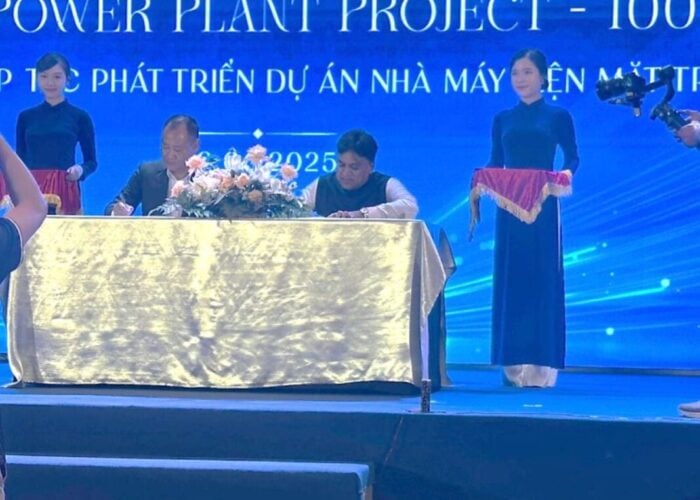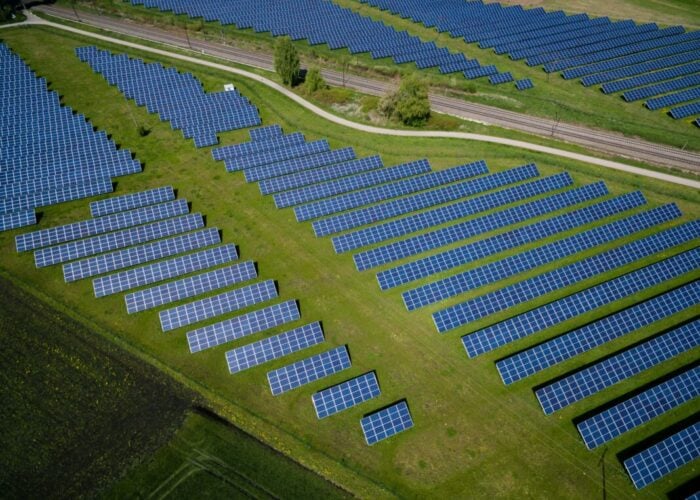
Vietnam is set to expand its solar and wind capacity as a supportive regulatory environment and growing investor confidence spur on new project development.
That’s according to a new report from consultancy Fitch Solutions, whose “robust forecast” for the country foresees more than 17GW of non-hydro renewables capacity added between the end of 2020 and 2029, reaching a total of 25GW by the end of the decade.
Unlock unlimited access for 12 whole months of distinctive global analysis
Photovoltaics International is now included.
- Regular insight and analysis of the industry’s biggest developments
- In-depth interviews with the industry’s leading figures
- Unlimited digital access to the PV Tech Power journal catalogue
- Unlimited digital access to the Photovoltaics International journal catalogue
- Access to more than 1,000 technical papers
- Discounts on Solar Media’s portfolio of events, in-person and virtual
Fitch said the Vietnamese government “remains highly committed” to boosting the country’s renewables growth, particularly as it is seen as a potential strategy to deal with looming power shortages.
Expanding industry and manufacturing sectors are set to contribute to a surge in power demand and consumption over the next decade, which is likely to outpace capacity additions in the near term, the report says.
To encourage foreign investment and growth in renewables, Vietnam’s government offers feed-in-tariffs (FiTs) and other financial incentives such as preferential tax and duty levies. Meanwhile, new green energy auctions are said to be important for longer-term growth.
The country is due to announce a new National Power Development Plan 2021-2030 in March next year, which is expected to have a heightened focus on renewables. According to Fitch Solutions, the latest draft includes an ambition for 12.5GW of installed solar by 2025 and 20GW by 2030. Current targets aim to ensure renewable energy accounts for a 15-20% share by 2030 and grows to 25-30% by 2045.
However, despite the strong capacity growth, an underdeveloped grid capacity and a preference for baseload thermal sources mean the share of non-hydro renewables in the overall power mix will remain limited, according to Fitch. The consultancy said: “With the influx of new renewable projects coming online, we note that transmission infrastructure development has not kept pace, which presents risk of bottlenecks to growth.”
The rapid buildout of renewables projects in southern Vietnam is said to have caused grid overload resulting in renewables curtailment. Fitch calls for more adequate grid management and flexibility capabilities to help tackle intermittency issues as more non-hydro renewables come online.
A recent World Bank report advised Vietnam to ditch FiTs after they caused a deployment rush and congested grid last year. The institution said competitive bidding instead of direct subsidies could take installed PV capacity to the “tens of gigawatts” by the end of the decade and create 45,000 jobs annually.







